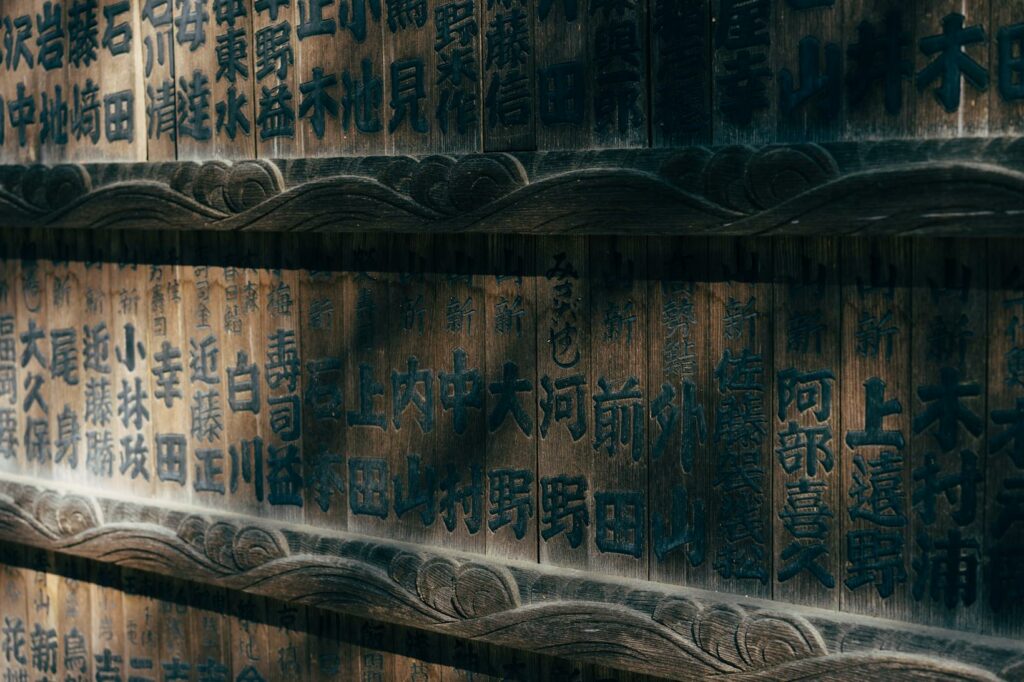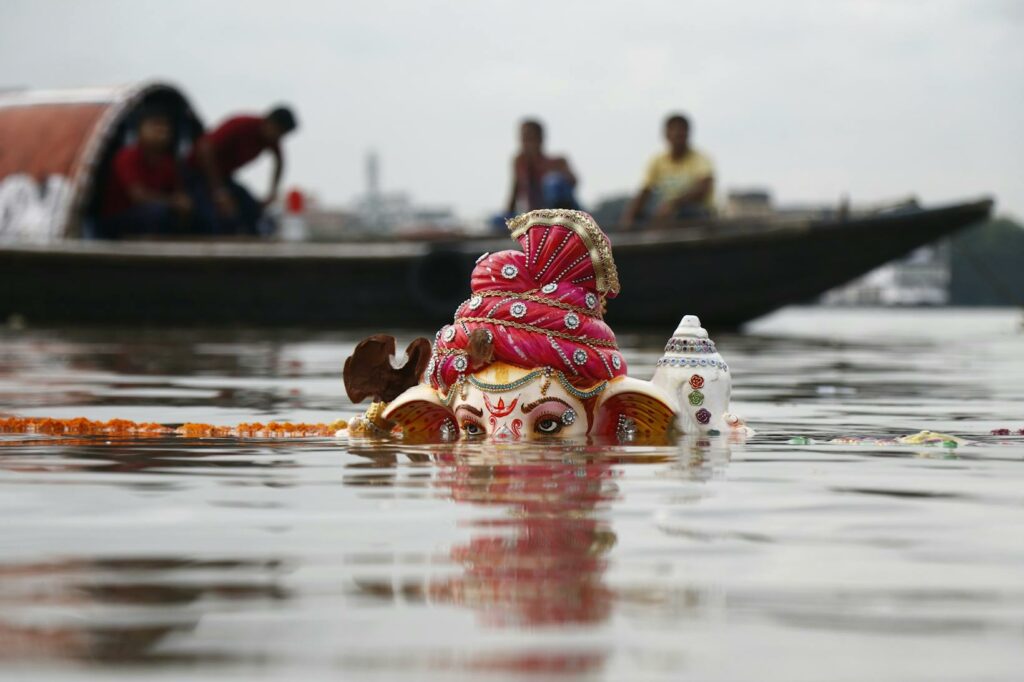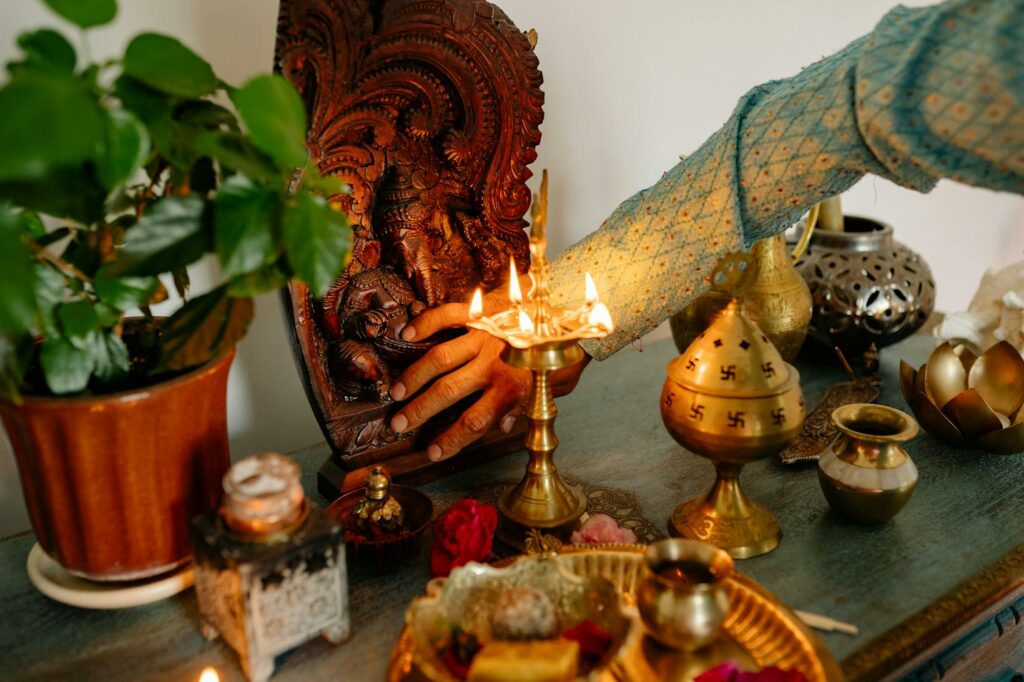From ancient pottery to contemporary installations, East Asian art offers a profound journey into centuries of cultural evolution. It’s a realm where tradition meets innovation, and every stroke tells a story. But what makes it so captivating?
East Asian Art
Dive into the immense world of East Asian art, the section elucidates the historical timeline and the key influences shaping its richness.
Historical Timeline of East Asian Art 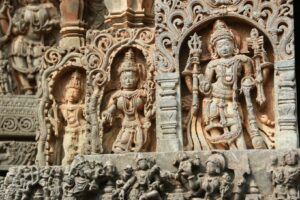
Tracing history, East Asian art began over 2,000 years ago. Its formative periods include the Chinese Bronze Age (2000 – 800 BC) replete with oracle bones and bronze vessels, followed by the Classical East Asian Art period (220 – 1234), renowned for ink-wash painting and pottery. Fast forward to the modern period, from 1912 to the present day, East Asian art exhibits a harmonious blend of traditional and Western aesthetics.
Major Influences in East Asian Art
Influences shaping East Asian art are multifold: cultural, philosophical, and historical. Primarily, Taoism and Buddhism have had profound impacts on spiritual representation in the artistic sphere. China’s Confucian ideals influenced society and consequently, art—reflecting hierarchical order and societal virtues. Japanese art imbibed Zen principles, reflecting simplicity and nature’s transient beauty. Apart from philosophical influences, historical events also played a crucial role, such as trade on the Silk Road broadening artistic horizons, and Western imperialism significantly affected modern East Asian art.
Distinguishing Features of East Asian Art
As the narrative of East Asian art unfolds, it becomes vital to comprehend its standout features. A deep understanding is best achieved by studying two noteworthy attributes – its unique brushwork and calligraphy, and the profound use of colors and symbols.
Brushwork and Calligraphy
In painting and calligraphy, East Asian artists exhibit distinctive strokes, representative of not only skilled technique but a reflection of character. This dexterity has its roots in East Asia’s social structure; for centuries, brushwork served as a barometer for evaluating an individual’s cultural refinement and moral virtues. Calligraphy, essentially an expressive art form, wins universal admiration in East Asian cultures. This adulation results from the belief that it’s not just writing, but an extension of the soul and a mirror reflecting the painter’s mind.
Use of Colors and Symbols
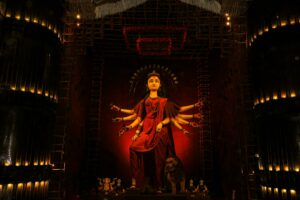 In East Asian art, the application of color and symbols transcends mere aesthetics. Each hue and icon carries a deep, contextual meaning, often linked to natural elements, emotional states, or religious doctrines. For instance, consider the color red. It’s not simply a bold choice; it symbolizes good luck and prosperity in Chinese culture. Further, the common symbols used in different forms of artwork might represent Buddhist or Taoist principles. The lotus flower, for instance, symbolizes purity in Buddhism, while the dragon stands as a potent symbol of power and auspiciousness in East Asian cultures. Thus, these features enhance the depth and cultural richness of East Asian art form.
In East Asian art, the application of color and symbols transcends mere aesthetics. Each hue and icon carries a deep, contextual meaning, often linked to natural elements, emotional states, or religious doctrines. For instance, consider the color red. It’s not simply a bold choice; it symbolizes good luck and prosperity in Chinese culture. Further, the common symbols used in different forms of artwork might represent Buddhist or Taoist principles. The lotus flower, for instance, symbolizes purity in Buddhism, while the dragon stands as a potent symbol of power and auspiciousness in East Asian cultures. Thus, these features enhance the depth and cultural richness of East Asian art form.
Famous Chinese Artists
Significant figures in Chinese artistic history provide a look into China’s deep-rooted traditions. Artists such as Zhang Xuan, a supreme master of Tang Dynasty painting, achieved fame with his genre paintings. Zhang’s artistry chiefly illuminated the lives of ordinary people, such as his seminal work, “Ladies Preparing Newly Woven Silk.”
Qi Baishi, a modern Chinese artist, created richly detailed ink painting and calligraphy. His works, exemplified in “Eagle Standing on Pine Tree,” blend classic Chinese aesthetics with hints of Western influence, reflecting the changing socio-cultural landscape of China.
Noteworthy Japanese Artists 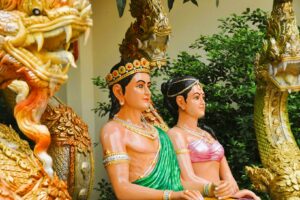
Japan boasts a wealth of artistic talent, with artists like Katsushika Hokusai and Yayoi Kusama standing out amongst the crowd. Hokusai, an ukiyo-e painter of the Edo Period, is world-famous for “The Great Wave off Kanagawa.” His work succinctly portrays the power and beauty of natural phenomena, a consistent theme in Japanese art.
Contemporary artist Yayoi Kusama stirs global trends with eccentric pop art and installations. Her signature polka-dot designs, seen in the “Infinity Mirrors” series, push boundaries, hinting at the limitless possibilities of Japanese artistic expression.
Renowned Korean Artists
Korean artistry carries forward the heritage of the Joseon era while imbuing it with contemporary sensibilities. Prominent artists like Kim Hong-do, one of the most celebrated painters of the 18th century, manifested this cultural blend in his works. His painting “Dano Pungjeon” presents vivid depictions of common people’s festivities – an enduring theme in Korean art.
In the modern scene, Nam June Paik revolutionizes multimedia art with a distinct Korean flavor. Paik’s “TV Buddha” installation, where a Buddha statue contemplates its own image on a TV screen, mirrors societal introspection in an era overflowing with technology, a testament to the evolving nature of Korean art.
East Asian art’s profound depth and diversity is a testament to its rich historical development. The beauty of East Asian art lies not only in its aesthetic appeal but also in its ability to tell stories, evoke emotions, and offer insights into the region’s rich cultural heritage.

